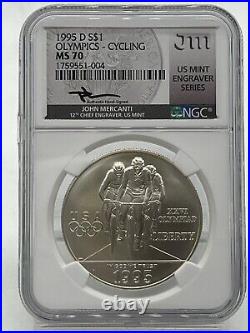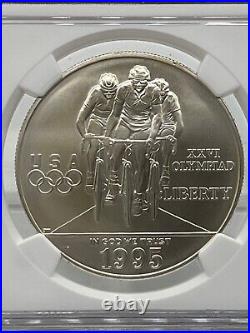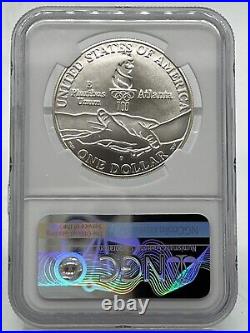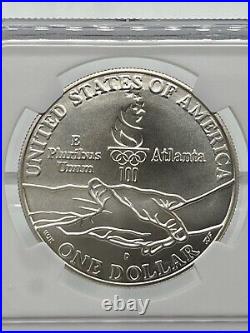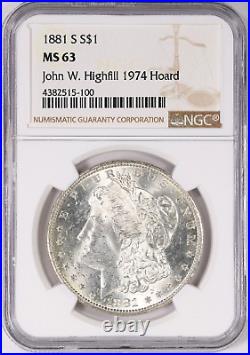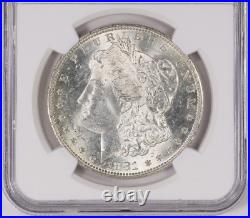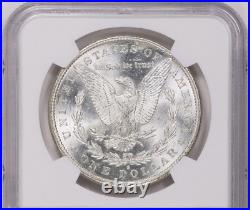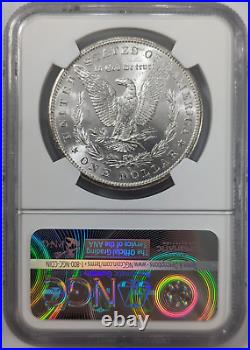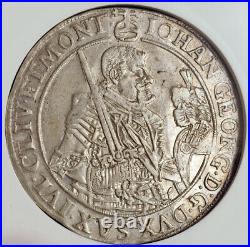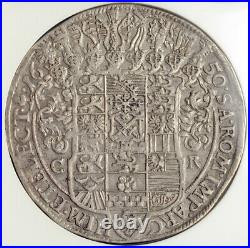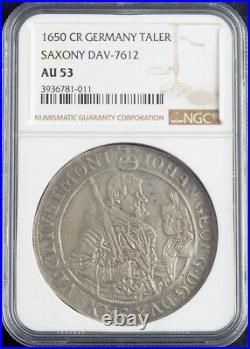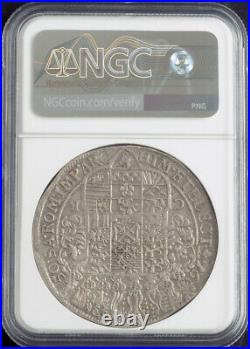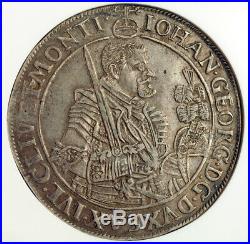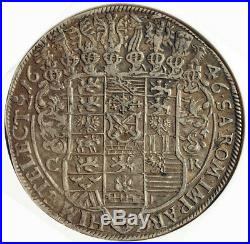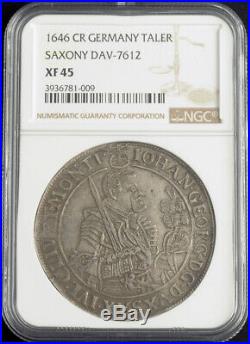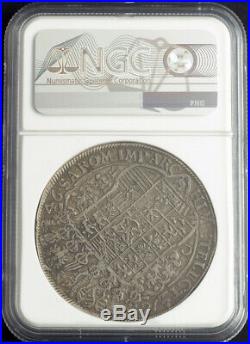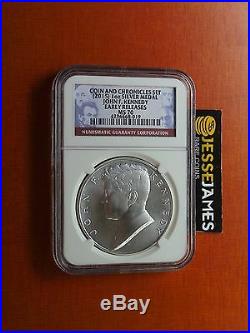
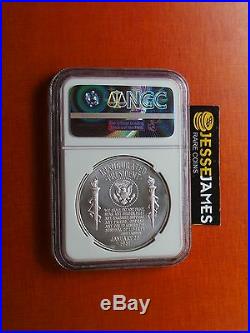

PLEASE CHECK OUT MY STORE FOR MORE GREAT DEALS ON MODERN U. THIS LISTING IS FOR THE ONE GRADED MEDAL SHOWN, MULTIPLES AVAILABLE SO SERIAL NUMBER WILL VARY. 2015 JOHN F KENNEDY SILVER MEDAL NGC MS70 EARLY RELEASES. PLEASE NOTE: THERE IS HEAVY SPOTTING ON THESE MEDALS. The item “2015 JOHN F KENNEDY SILVER MEDAL NGC MS70 ER SPOTS FROM COIN & CHRONICLES SET” is in sale since Friday, October 2, 2015. This item is in the category “Coins & Paper Money\Coins\ US\Dollars\Presidential (2007-Now)”. The seller is “jesse_james_rare_coins” and is located in Hudson, Wisconsin. This item can be shipped to United States, Canada, United Kingdom, Denmark, Romania, Slovakia, Bulgaria, Czech republic, Finland, Hungary, Latvia, Lithuania, Malta, Estonia, Australia, Greece, Portugal, Cyprus, Slovenia, Japan, Sweden, Indonesia, Thailand, Belgium, France, Hong Kong, Ireland, Netherlands, Poland, Spain, Italy, Germany, Austria, Bahamas, Singapore, Switzerland, Norway, Saudi arabia, United arab emirates, Qatar, Kuwait, Bahrain, Croatia, Malaysia, Brazil, Chile, Colombia, Viet nam, Uruguay, China, South Korea, Taiwan, South africa, Israel, Mexico, New Zealand, Philippines, Ukraine, Bangladesh, Ecuador, Egypt, Guadeloupe, Luxembourg, Oman, Peru, Paraguay.
- Certification: NGC
- Grade: MS 70
- Year: 2015
- Strike Type: Business
- Composition: Silver

